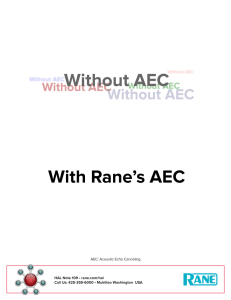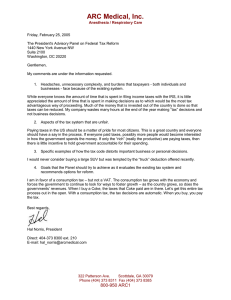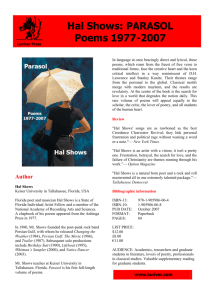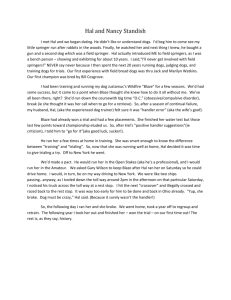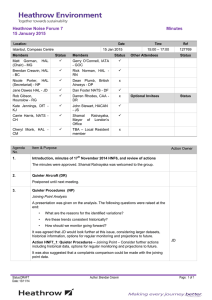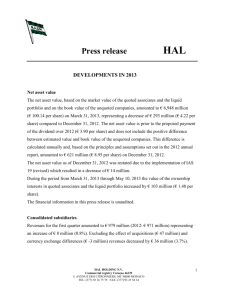USI Library News Information Service Statesman, 9-3
advertisement
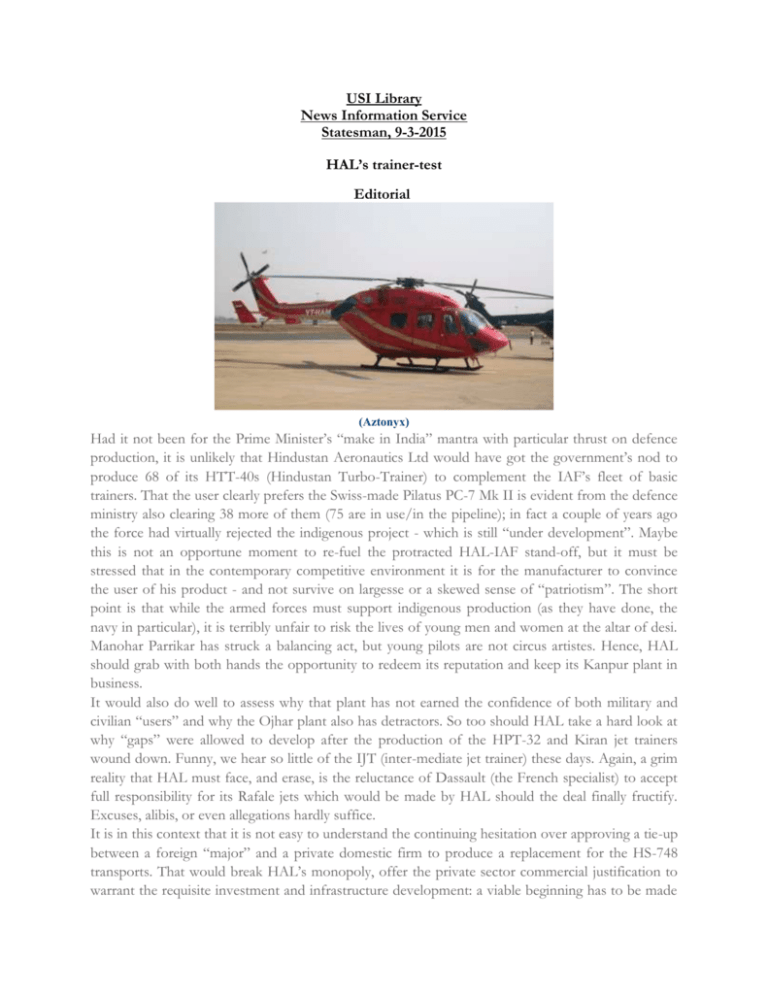
USI Library News Information Service Statesman, 9-3-2015 HAL’s trainer-test Editorial (Aztonyx) Had it not been for the Prime Minister’s “make in India” mantra with particular thrust on defence production, it is unlikely that Hindustan Aeronautics Ltd would have got the government’s nod to produce 68 of its HTT-40s (Hindustan Turbo-Trainer) to complement the IAF’s fleet of basic trainers. That the user clearly prefers the Swiss-made Pilatus PC-7 Mk II is evident from the defence ministry also clearing 38 more of them (75 are in use/in the pipeline); in fact a couple of years ago the force had virtually rejected the indigenous project - which is still “under development”. Maybe this is not an opportune moment to re-fuel the protracted HAL-IAF stand-off, but it must be stressed that in the contemporary competitive environment it is for the manufacturer to convince the user of his product - and not survive on largesse or a skewed sense of “patriotism”. The short point is that while the armed forces must support indigenous production (as they have done, the navy in particular), it is terribly unfair to risk the lives of young men and women at the altar of desi. Manohar Parrikar has struck a balancing act, but young pilots are not circus artistes. Hence, HAL should grab with both hands the opportunity to redeem its reputation and keep its Kanpur plant in business. It would also do well to assess why that plant has not earned the confidence of both military and civilian “users” and why the Ojhar plant also has detractors. So too should HAL take a hard look at why “gaps” were allowed to develop after the production of the HPT-32 and Kiran jet trainers wound down. Funny, we hear so little of the IJT (inter-mediate jet trainer) these days. Again, a grim reality that HAL must face, and erase, is the reluctance of Dassault (the French specialist) to accept full responsibility for its Rafale jets which would be made by HAL should the deal finally fructify. Excuses, alibis, or even allegations hardly suffice. It is in this context that it is not easy to understand the continuing hesitation over approving a tie-up between a foreign “major” and a private domestic firm to produce a replacement for the HS-748 transports. That would break HAL’s monopoly, offer the private sector commercial justification to warrant the requisite investment and infrastructure development: a viable beginning has to be made sooner rather than later. If the government is convinced that the Airbus Industrie proposal is “clean” it should not let a single-vendor situation prove a stumbling block. Or are there suspicions that the ASR (air staff requirement) was “tailor-made” - since only one aircraft of that specified type is currently under production?

